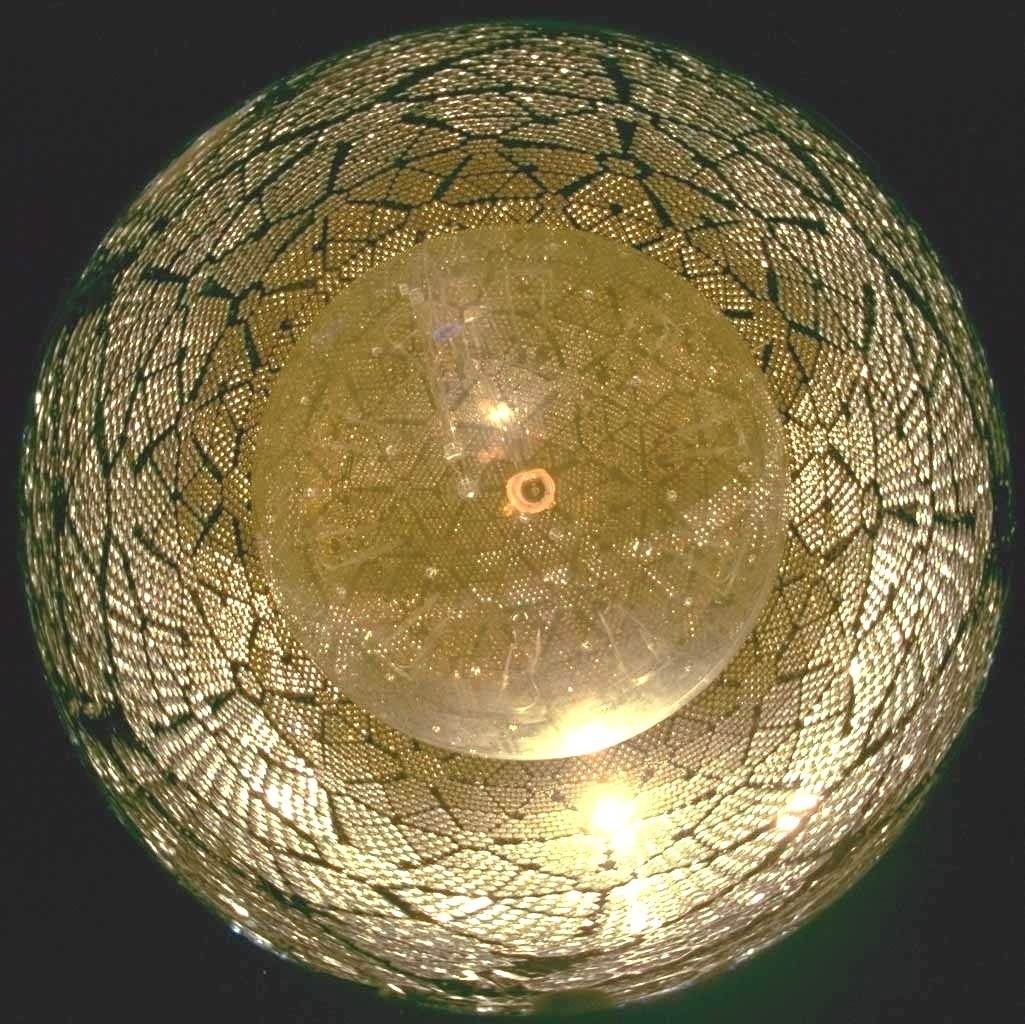
Neutrinos have been detected for the first time from our home galaxy, the Milky Way, permitting an entirely new way of seeing the Universe and heralding the birth of neutrino astronomy. If you don’t know what neutrinos are or what they have to do with you, hold up your thumb. A hundred billion neutrinos are flooding through your thumbnail every second. Eight and a half minutes ago they were in the heart of the Sun. They are made by the same nuclear reactions that generate sunlight.
Neutrinos are in fact the second most common subatomic particles in the Universe after photons of light. We live in a photon-and-neutrino universe – all else is a minor contaminant. The reason you have no awareness of all those neutrinos slicing through your thumbnail is that they are tremendously antisocial and are hardly ever stopped by the atoms of matter. In fact, Wolfgang Pauli, the Austrian physicist who predicted them in 1930, apologised to physicists, saying: “I have done a terrible thing. I have postulated a particle that cannot be detected.” In fact, he bet a case of champagne that nobody would ever detect one. Nevertheless, they were detected streaming out of a nuclear reactor at the Savannah River Plant in South Carolina on 14 June 1956. (The scientists who detected them had originally planned to put their experiment 50 metres from the explosion of an atomic bomb).
To detect neutrinos, it is necessary to put a lot of atoms in their way, thus boosting the chance of stopping a few. And this is precisely the strategy adopted by the researchers who have detected neutrinos from our Milky Way. Their detector, known as IceCube, consists of a cubic kilometre of natural ice located near the Amundsen-Scott South Pole Station. Very occasionally, a neutrino smashes apart an atomic nucleus in the ice and the shrapnel flies through the ice, creating the light equivalent of a sonic boom. This is picked up by light detectors lowered on strings into holes drilled down through the ice. It is from this “Cherenkov” light – the same kind of light that gives the ponds containing nuclear waste at Sellafield their distinctive blue glow – that the IceCube scientists deduce where the neutrinos come from.
The neutrinos picked up by IceCube are hugely more energetic than solar neutrinos. In fact, they have 10,000 times the energy of anything that can be created at the world’s biggest particle accelerator, the 27-kilometre ring of the Large Hadron Collider near Geneva in Switzerland. They are thought to be created by “cosmic rays” – high-energy atomic nuclei – colliding with atomic nuclei floating in space, either close to the source of the cosmic rays or in the gas between the stars.
The source of these cosmic rays remains a huge mystery – although in 1949, the Italian-American physicist Enrico Fermi proposed that atomic nuclei might be batted back and forth like ping pong balls between “shock fronts” in interstellar gas. Such shocks exist in the expanding remnants of exploding stars and in the “jets” of matter which stab outwards from the poles of giant spinning black holes found at the heart of essentially every galaxy.
At present, our neutrino vision is too crude and blurry to pin down any sources of neutrinos, and hence cosmic rays, in our Milky Way. It is like the birth of radio astronomy after the Second World War, when radar scientists turned their attention to the heavens. Though at first they could “see” no more than a haze of radio emission coming from space, in the subsequent decades they sharpened their vision and were able to spot individual galaxies and quasars and black holes. The IceCube physicists expect neutrino astronomy to go the same way. In fact, their plan over the next decade is to create IceCube Gen 2 by increasing their target volume of ice to 10 cubic kilometres.
Neutrino astronomy has a bright future. Already, some neutrinos have been detected from radioactive elements in the Earth. Soon it will be possible to use them to create an “X-ray” of the planet’s interior. Neutrinos emitted from the first split-second of the Big Bang promise to tell us about the earliest moments of creation.
Still not impressed? Well, you would not even be reading these words without neutrinos. Not only is the radioactivity they make possible responsible for keeping the Earth’s interior warm, but the very atoms out of which you are made would have stayed locked up inside stars forever had neutrinos not blown those stars to smithereens.
This article is from New Humanist's winter 2023 issue. Subscribe now.

